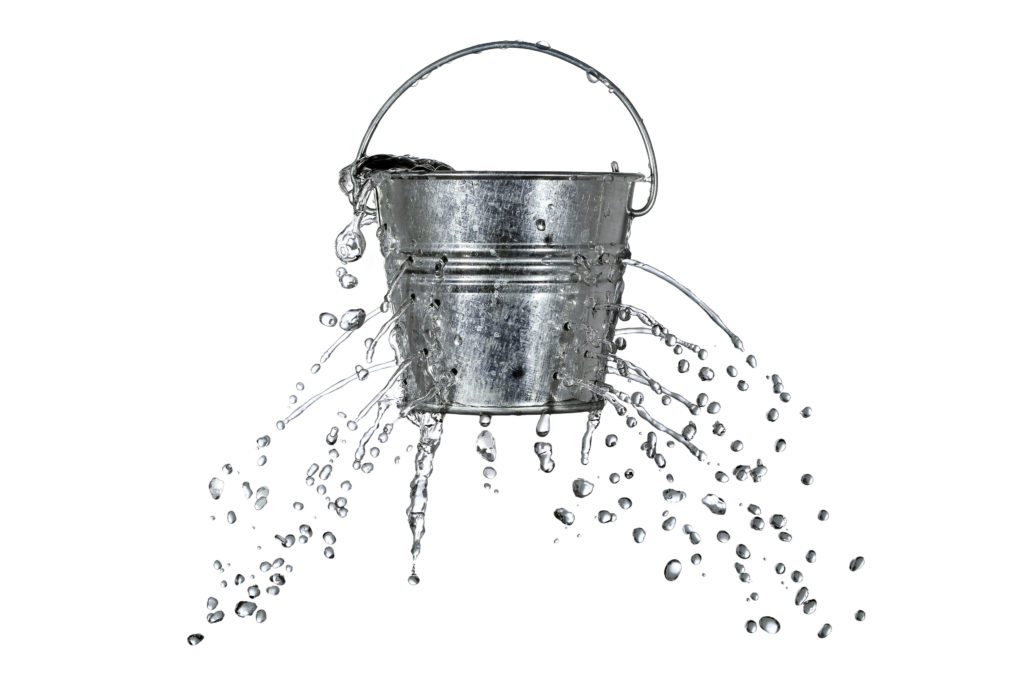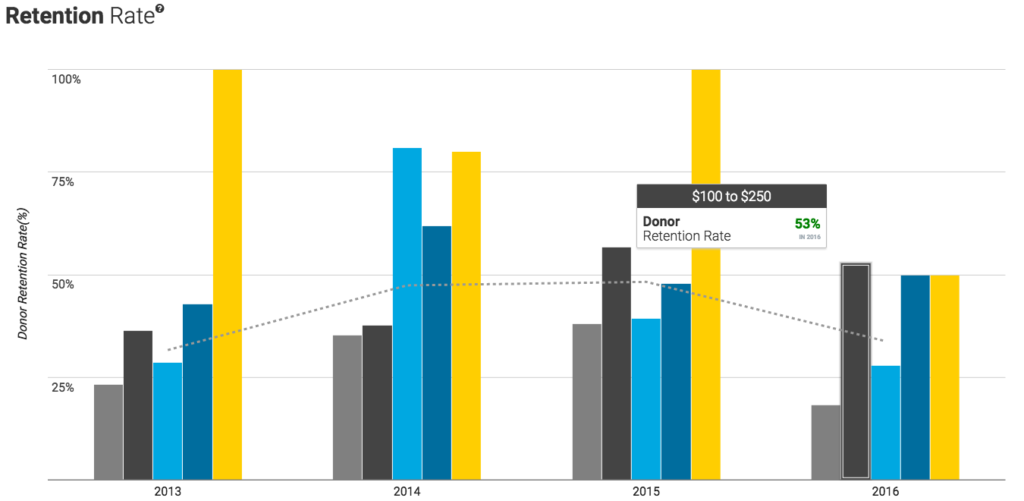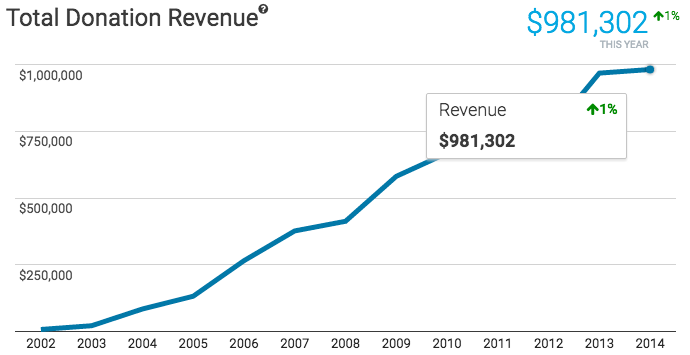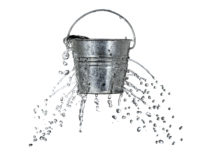Updated: January 2, 2018
And, just like that, the new year is among us. Welcome back to the office. Your email inbox is hovering somewhere in the triple digits and your team already has scheduled two “plan for success” meetings this week. Trust me, I get it, we’re all getting back into the “swing of things” over the next few days and fundraising strategy might not be top of mind right now.
Don’t fret, this blog post will be short and sweet.
Let’s talk about being “data-driven,” and how that plays a role in fundraising strategy. Over the holidays I re-read Steve MacLaughlin’s book, Data Driven Nonprofits (pick it up if you can). It’s an awesome read. Steve includes stories of how organizations (mostly large, some small) are taking strides to be more data-driven to guide their decision making and ultimately their fundraising strategy.
But, being “data-driven” is easier said than done. Where do you start? What’s important to measure? What questions should you be answering with your new-found “data knowledge?” These questions, although addressed briefly in Steve’s book, are at the crux of being a data-driven nonprofit.
Fortunately, it seems like this year is finally the time where software vendors pick up some of the slack and create easy to use and actionable data tools for nonprofit staff. At least, that’s my hope.
Okay, I said this would be a short post. Let’s hop into the meat and potatoes:
- There are three key data-driven questions you should answer this week
- There are three key performance metrics you should measure this week
Let’s dive in.
Data-driven questions you should answer this week to inform fundraising strategy
Why are these three (okay, really six) questions so important? They hit at some of the most core concepts your organization should focus on:
Lapsed donors – No organization is immune from the “leaky bucket.” Figuring out how many people stopped donating to your organization last year is vital to understanding just how leaky that bucket really is. More importantly, identifying your lapsed donors and knowing who they are empowers you to send out targeted appeals to try and get them back.

New donors – New donors are at the opposite end of the spectrum. These are people who had never given to your organization, but decided to for the first time last year. Did you acquire more new donors than you lost? Is your organization growing or shrinking? Having this data at your fingertips is useful. Similar to knowing who your lapsed donors are, identifying and knowing who your new donors are puts you in a position to leverage that information with targeted appeals and retention efforts. Better yet, segmenting new donors by giving level gives you the flexibility to “hyper-target” subsets of donors.

Managing risk – Revenue concentration (also sometimes called donor concentration) is an overlooked concern at many organizations. How top heavy is your fundraising operation? If one donor stops giving this year would that ruin your chances of hitting your fundraising goal? Visualizing your 80/20 (Pareto Principle) and seeing how reliant your fundraising is on major donors can be eye opening. The beginning of the year is the right time to address this concern and start measuring how concentrated your revenue sources are.

Remember, you have access to all these metrics for free and in seconds with your Fundraising Report Card®. Login, upload your most recent data and get started. Now is the time!
Key performance metrics you should measure this week to inform fundraising strategy
I’ve preached about the importance of LTV, retention and other metrics on this blog frequently. You could do a Google search on any of those words and find dozens of articles explaining why they are important. Let’s concentrate on why they are important this week, at the beginning of the new year.
Donor lifetime value – You have a fundraising budget, right? Great. You’ll need this metric to measure your return on investment (ROI). Donor lifetime value (LTV) is your projection of how much revenue a donor will provide over the lifetime of their giving to your organization. Having this stat handy will help you justify spending money on fundraising activities. Imagine knowing what the LTV was for your under $100 donors. With that knowledge you’d be able to confidently allocate resources to acquire new under $100 donors this year.
Donor retention rate – This was the buzzword of 2016. Retention, retention, retention. And, with good reason. Hopefully you have access to your donor retention rate, especially since it is important to know at the beginning of the calendar year. You’ll want to set retention goals (or you may already have based off of “gut feel”) and seeing your trends in retention rate over the past 3-5 years can help guide your decision making. And again, knowing this metric, broken down by giving segment, would be unbelievably powerful. Those under $100 donors won’t be retained at quite the same rate as those $5,000+ donors. You’ll want separate goals for each.
Donation revenue – At its core, your board will have one metric they care most about. Donation revenue. You already have this metric and that is great. What I’d suggest is monitoring it monthly and looking at it as a graph. You’ll want to measure how activities are affecting the bottom line, and sometimes looking at numbers on a spreadsheet isn’t all that telling. Skip excel and just upload to your Fundraising Report Card®, let the software create the graphs for you.
Wrapping up
Okay, I promised this would be short and sweet, and well, it kind of is. Aligning your fundraising strategy with data-driven principles is not easy, but hopefully this blog post will give you a foundation to build off of for the new year. If you have any questions, comments or thoughts please join the conversation in the comments below. It’s a new year, time to start fresh.
These key questions and key performance metrics should be a good place to start if being more “data-driven” was one of your New Years resolutions.








Thanks for sharing and re-reading Data Driven Nonprofits.
Steve, thank you for taking the time to put together such a well thought out, in depth, and important book!